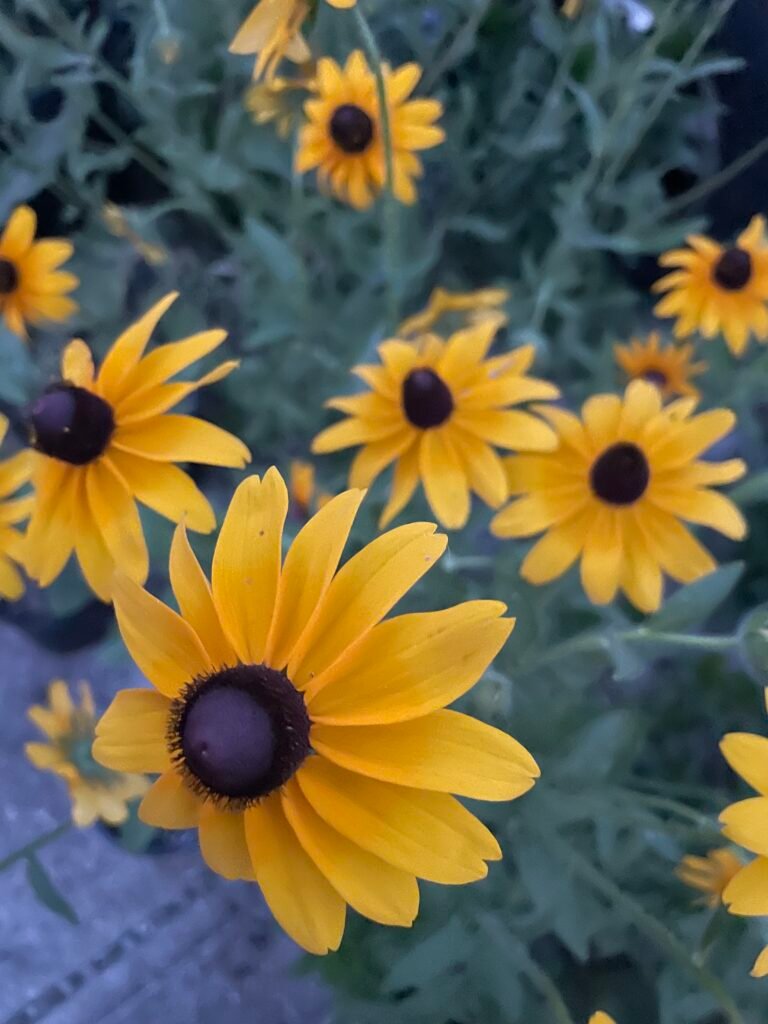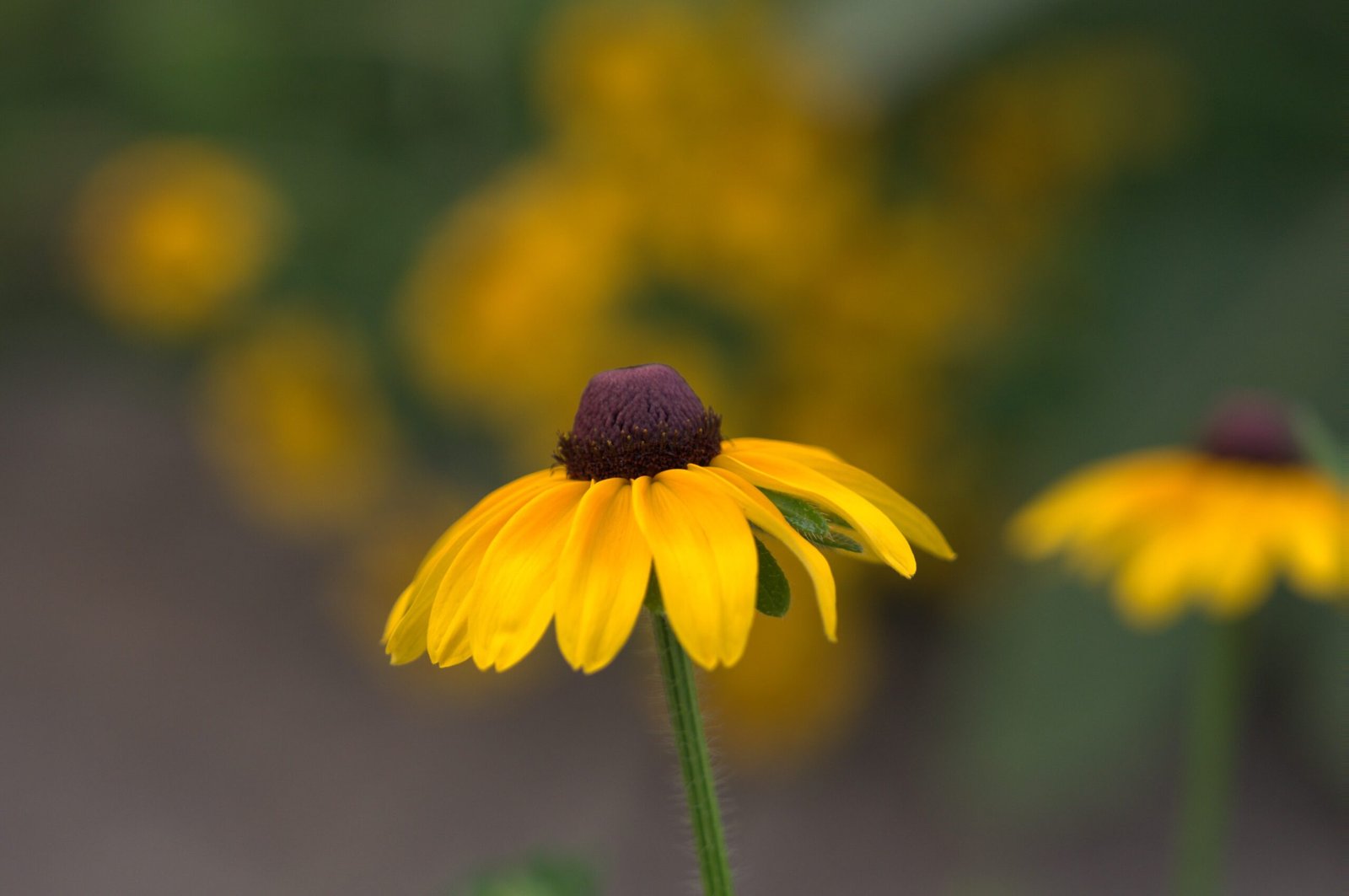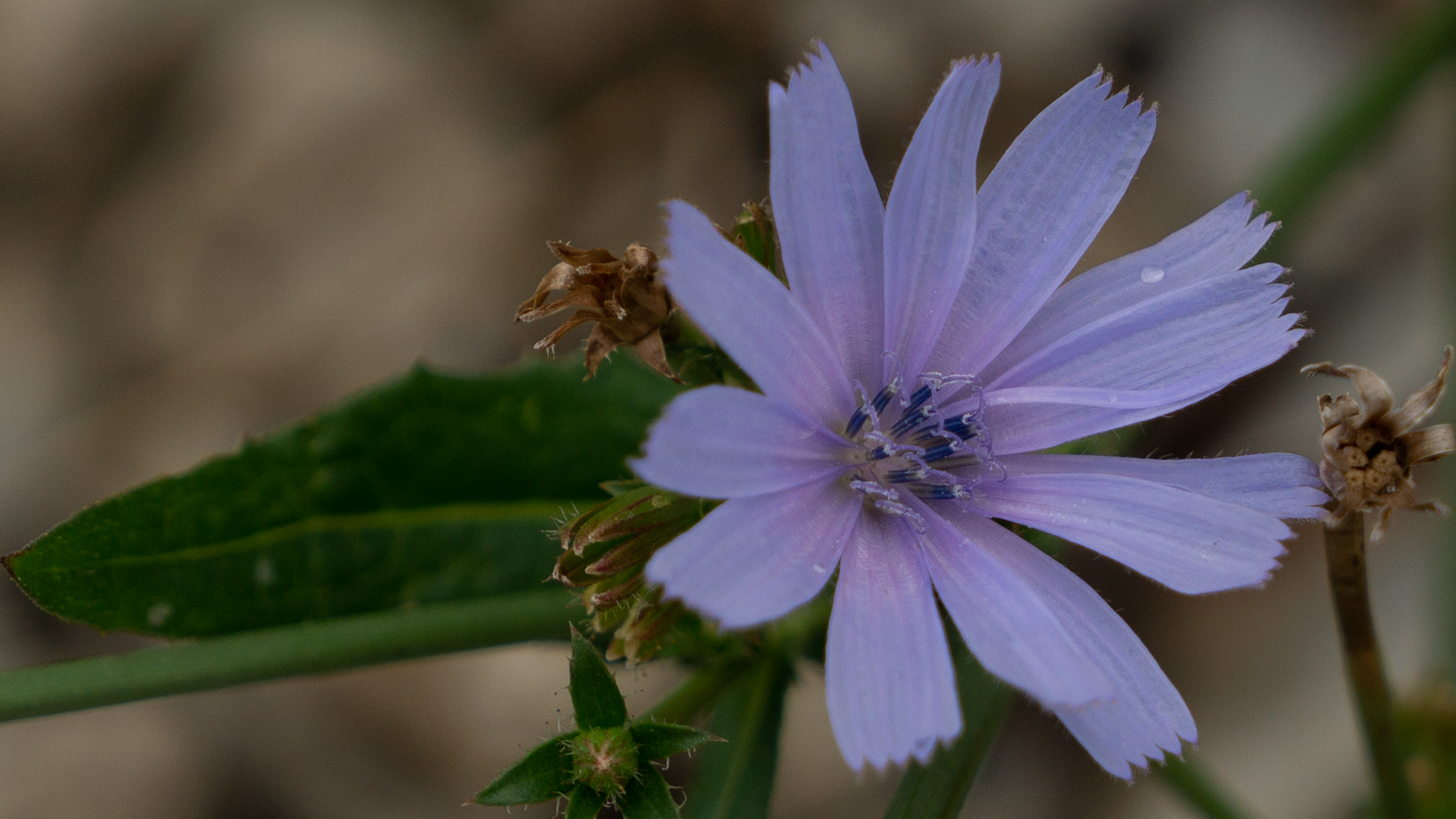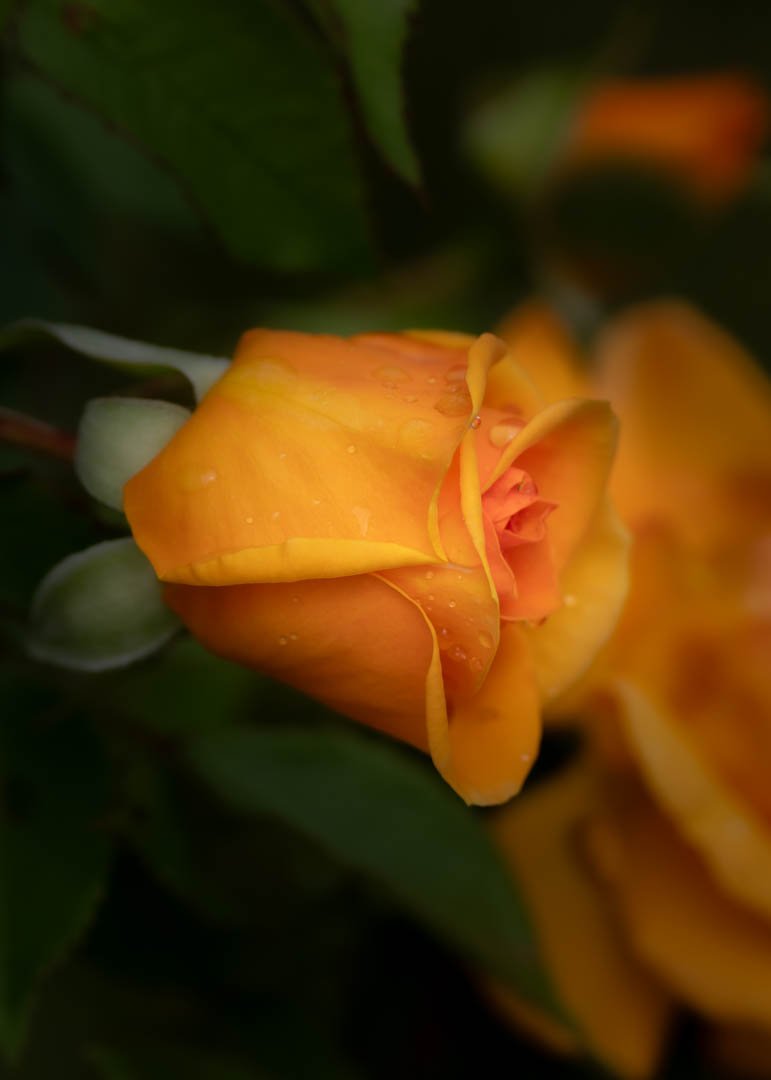Black-eyed Susans (Rudbeckia hirta) are beloved for their vibrant golden petals and dark brown centers, resembling a bright eye. These hardy perennials bring a cheerful burst of color to gardens and are renowned for their ease of growth and drought tolerance. Here’s a closer look at what makes Black-eyed Susans a favorite among gardeners.

Origins and Characteristics
Black-eyed Susans are native to North America, thriving in a variety of habitats from prairies to woodlands. They typically grow 2 to 3 feet tall, with flowers that bloom from early summer to fall. Each flower head consists of 10 to 20 yellow ray florets surrounding a dark, dome-shaped center, creating a striking contrast.
Easy to Grow
One of the most appealing aspects of Black-eyed Susans is their ease of cultivation. They are well-suited for beginner gardeners and experienced horticulturists alike. Here are some reasons why:
- Minimal Soil Requirements: Black-eyed Susans are not fussy about soil. They can grow in a wide range of soil types, from sandy to clayey, as long as it is well-drained. They even tolerate poor soil conditions where other plants might struggle.
- Sunlight: These plants thrive in full sun, needing at least six hours of direct sunlight daily. However, they can also tolerate partial shade, making them versatile for different garden spots.
- Low Maintenance: Once established, Black-eyed Susans require little care. They are relatively pest and disease resistant. Occasional watering during prolonged dry periods and deadheading spent flowers to encourage new blooms are usually sufficient.
- Self-Seeding: Black-eyed Susans are prolific self-seeders. If you leave some flowers to go to seed, you’ll likely find new plants emerging the following year. This makes them a sustainable choice, ensuring your garden remains vibrant with minimal effort.
Drought Tolerance
Black-eyed Susans have deep root systems that allow them to access water deep within the soil. This adaptation makes them exceptionally drought-tolerant. They can withstand extended periods of dry weather without compromising their vibrant display of flowers.
Ecological Benefits
Besides their beauty and resilience, Black-eyed Susans offer several ecological benefits:
- Pollinator Friendly: Their bright flowers attract bees, butterflies, and other pollinators, supporting local ecosystems and promoting biodiversity.
- Wildlife Support: The seeds of Black-eyed Susans provide food for birds and other wildlife, especially in the fall and winter months.
Landscaping and Garden Uses
Black-eyed Susans are versatile in garden design. They can be used in various ways:
- Borders and Edges: Their upright growth habit makes them ideal for borders and garden edges.
- Wildflower Gardens: They fit perfectly in wildflower gardens, prairie restorations, and naturalized areas.
- Cut Flowers: Their long-lasting blooms make excellent cut flowers for arrangements, bringing their sunny charm indoors.
Conclusion
Black-eyed Susans are a testament to the beauty of simplicity and resilience in the plant world. Their easy-going nature, combined with their striking appearance and ecological benefits, make them a valuable addition to any garden. Whether you’re a seasoned gardener or just starting, Black-eyed Susans are sure to bring joy and color to your outdoor space with minimal effort. Embrace these golden beauties and let them brighten your garden for years to come.




